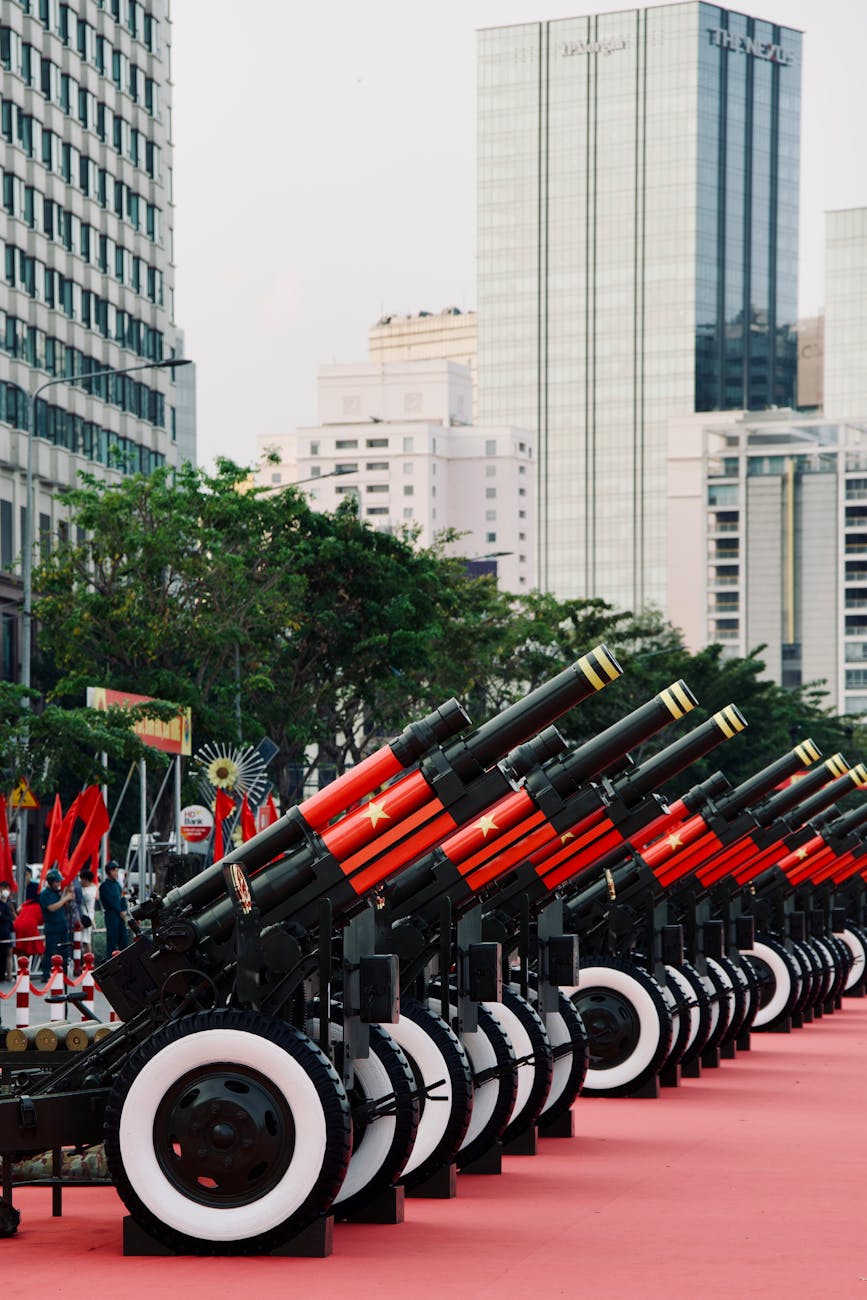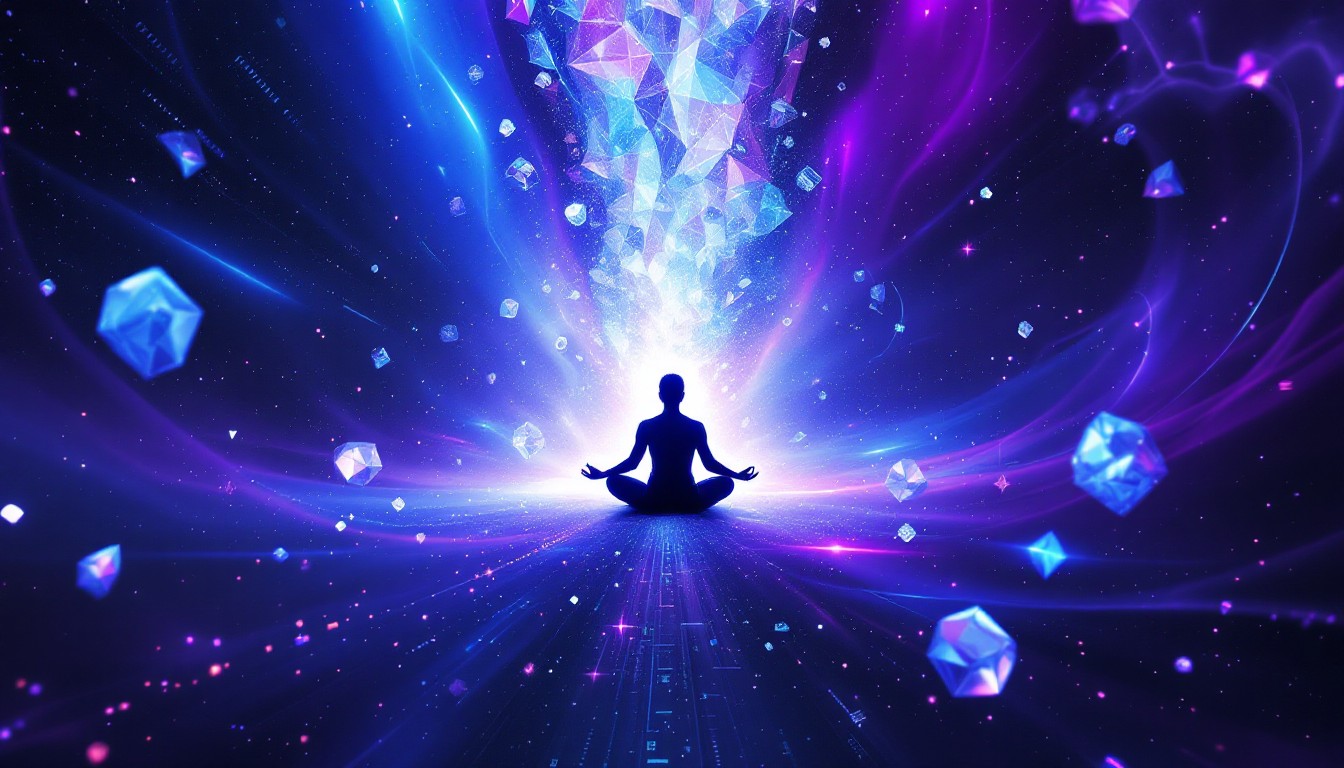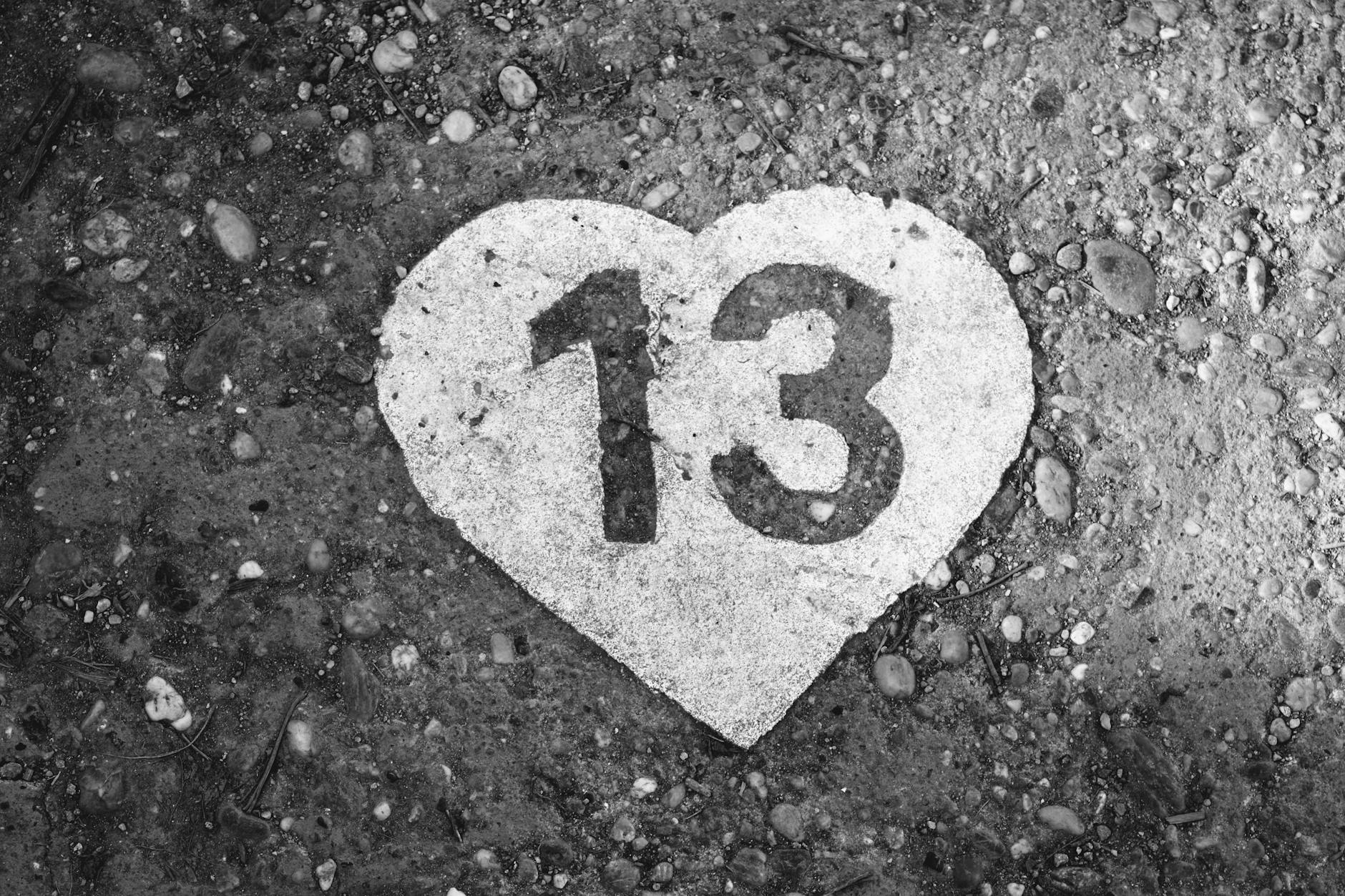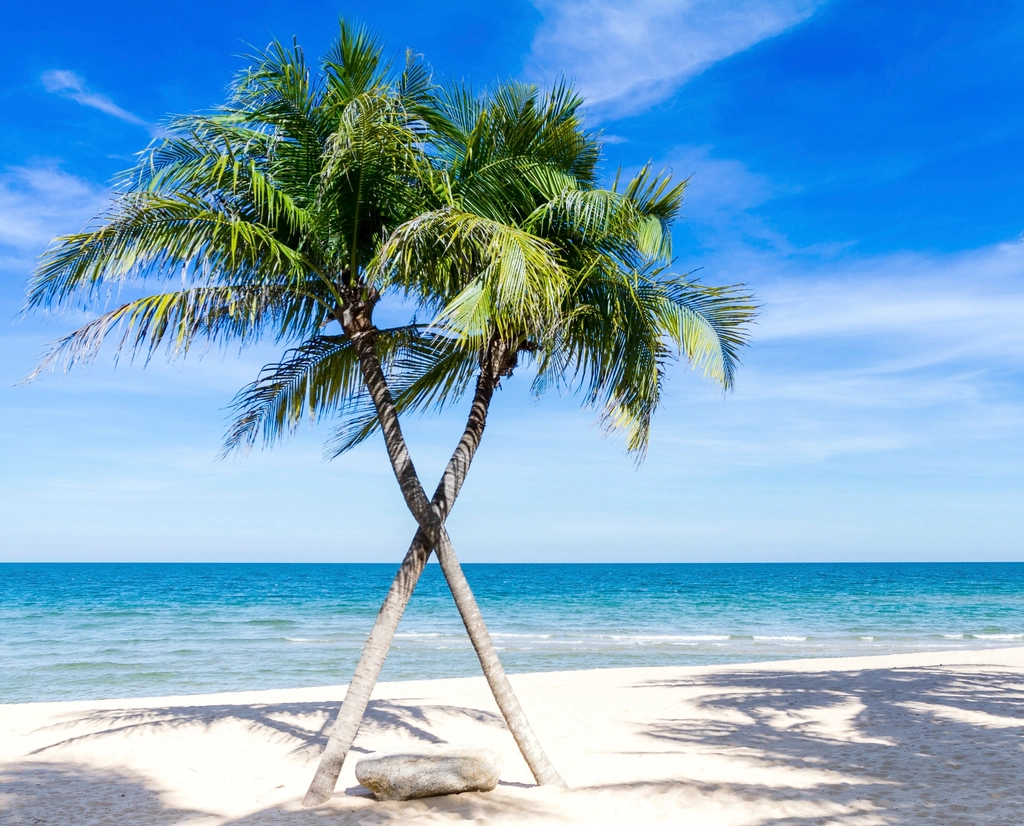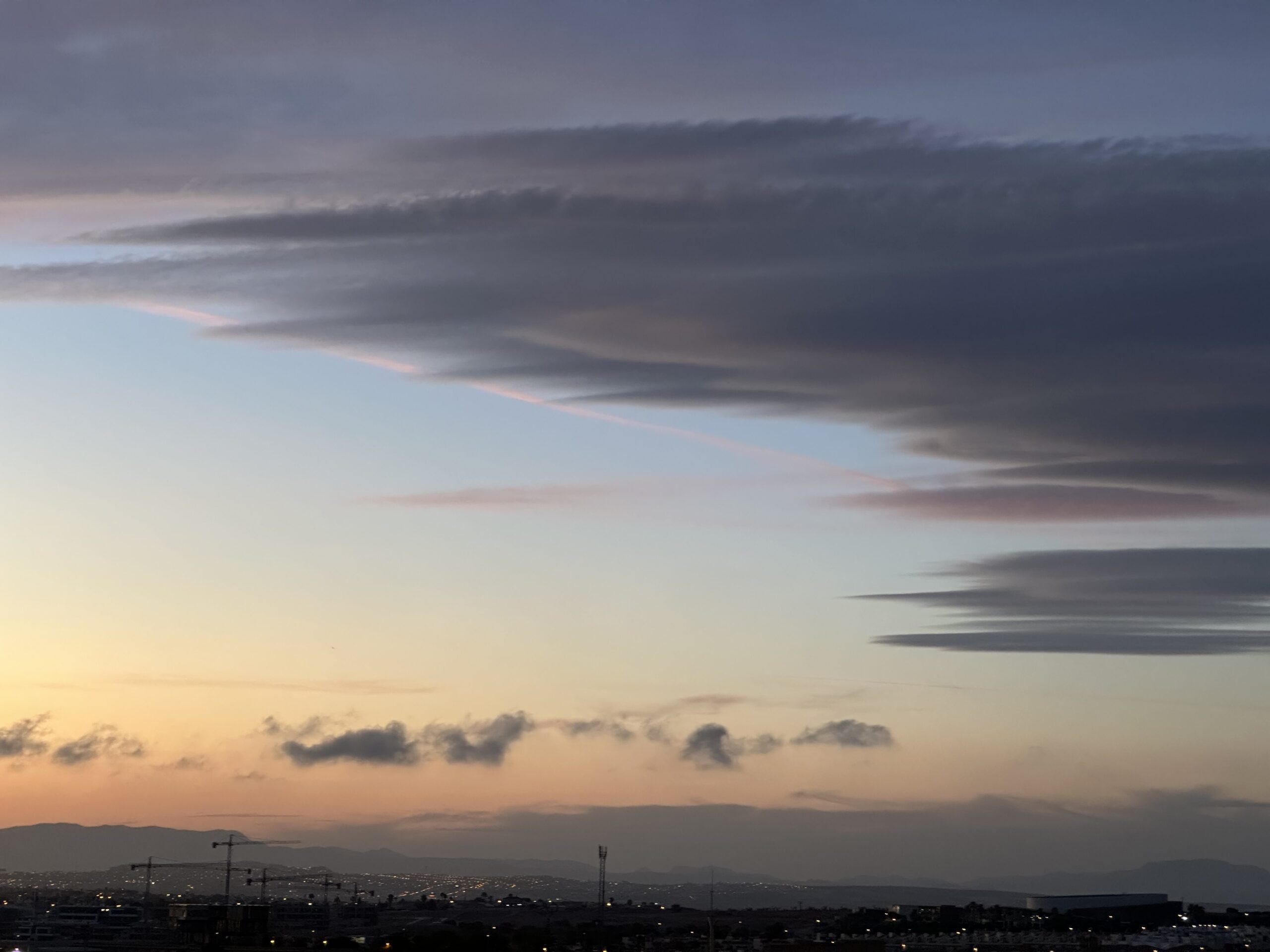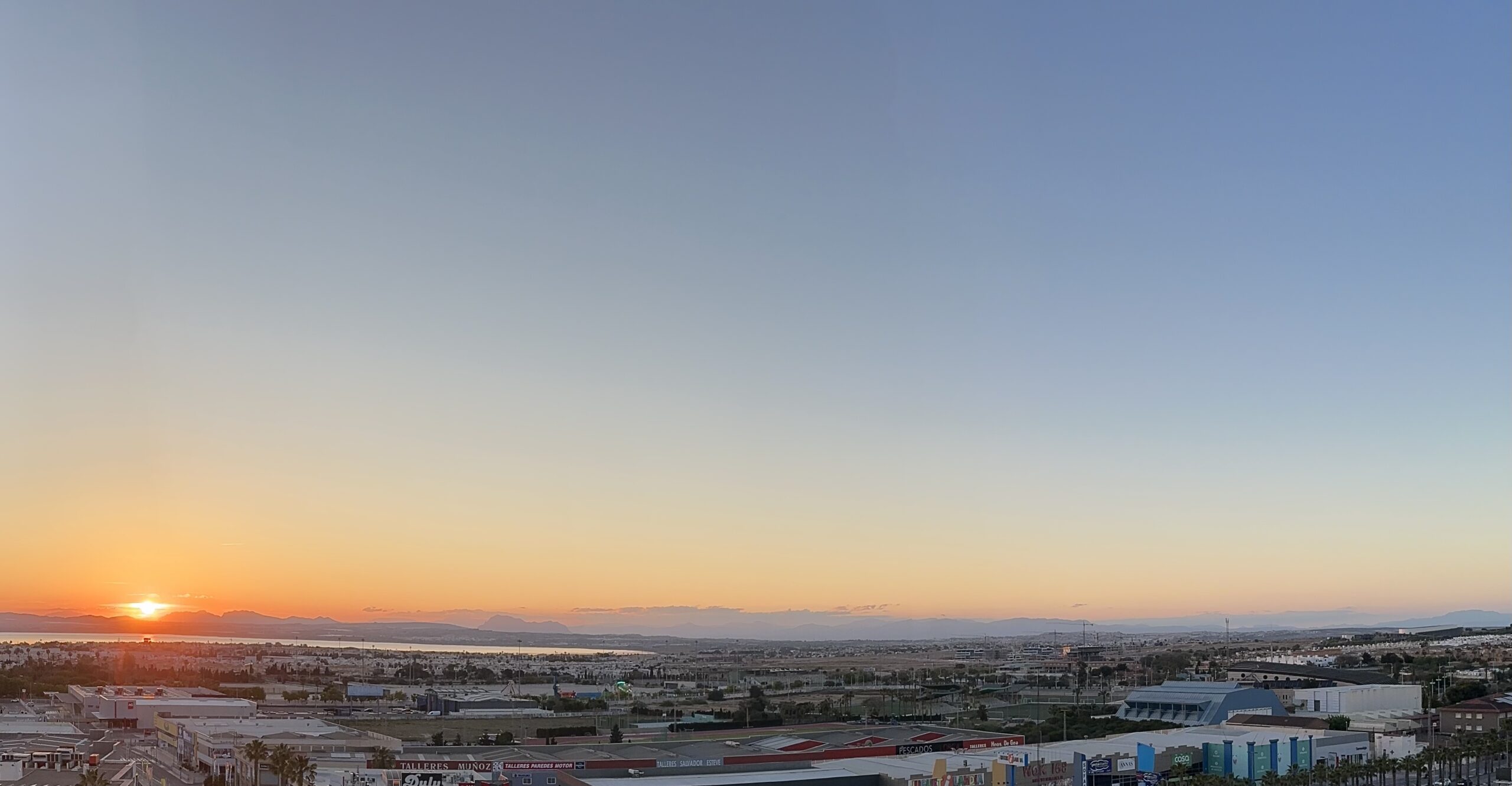💸 Today’s Monetary Myth
Today we have the most advanced and complex monetary system in the history of mankind. Global markets run on lightning-fast digital transactions. Central banks manipulate economies with a few keystrokes. And most people—governments included—believe that money is as essential as air.
Money is debt
We often think of money as wealth—but in reality, money is debt. Nearly every dollar, euro, or yen in circulation was created as a loan, to be paid back with interest. Institutions like the World Bank and IMF lend vast sums to poorer nations, expecting repayment in a currency they don’t control—plus interest. But here’s the catch: if all debt were repaid, there would be no money left. The system demands endless borrowing just to stay afloat. It’s not just flawed—it’s structurally insane. Absurdity without limits.
We can’t live without it, they say.
We need it for everything:
- To buy food, water, shelter.
- To travel, learn, communicate.
- To build roads, fund hospitals, fix schools.
If our lives aren’t good, we blame a lack of money.
If governments fall short, we say they’re out of money.
But is that really true? Will more money actually help?
Has humanity always been dependent on money?
Let’s dig deeper.
🌿 The Origins of Money: Barter or Gifting?
We’ve all heard the story: that money evolved from barter. That people once swapped chickens for carrots and apples for arrows, until someone invented money to make things easier.
But that story is a myth.
Anthropologists have found little evidence that barter was ever the dominant system in early human communities. Instead, many societies operated on gift economies—systems based on mutual aid, trust, and social bonds. People shared what they had, not because they expected direct trade, but because the survival of the group depended on it.
Barter likely emerged later, in fringe interactions between strangers. But money didn’t evolve because it was natural. It arose because it was useful for control—as agriculture created surplus and hierarchies, rulers needed a way to tax, store, and regulate that surplus. Thus, money became a tool of power, not just convenience.
🏛 From Gifting to Control
As human societies grew, so did the complexity of exchange. Early forms of money—cattle, grain, shells—were gradually replaced by precious metals, then paper notes backed by gold, and finally, abstract digital numbers backed by nothing but belief. And that is all it is.
Belief.
If people stop believing money or stocks have value, the value will vanish instantly. We see it in the stock market every day. That is why the value of stocks go up and down and currencies fluctuate.
At first, money facilitated trade. Over time, it became a mechanism for hoarding and controlling resources. The more abstract it became, the more power it gave to those who controlled its flow.
Money stopped being a tool and became the gatekeeper of life.
💣 The Paradox of Money: Too Much, and It Breaks
Here’s the uncomfortable truth:
If there’s enough money for everyone to get what they need, the system collapses.
Why? Because the system is built on artificial scarcity. Too much money in the system makes money loose its value. That’s why it must be kept scarce for the common man. If everyone had enough, they’d stop tolerating soul-crushing jobs. Prices would surge, inflation would rise, and the economy would “overheat.” In other words: it only “works” if most people never get enough.
The system isn’t broken.
It’s functioning exactly as designed.
💰 Scarcity in the Age of Abundance
Today, we live in a world of technological abundance:
- Automation can replace repetitive labor.
- Renewable energy can power the planet.
- Communication tools connect billions.
- We produce enough food to feed everyone and more.
And yet…
- Food is wasted while people starve.
- Homes sit empty while people sleep outside.
- Clean tech is stalled to protect profits.
- People work meaningless jobs just to survive.
It’s as if we’re starving while guarding a pile of food stamps, arguing over who should get how many—while the banquet behind us is rotting.
🧾 The Tax Illusion: Fairness in a Rigged Game
People think we can get a just world by dividing money better, but that is impossible as money only have value if it is scarce. If everybody had enough money it would have no value…
Some argue, “We don’t need to get rid of money—just tax the rich!”
But look closer:
- Jeff Bezos spends £34 million on a wedding.
- Amazon UK pays £0 in taxes in 2022.
That’s not a glitch. That’s the design.
The rich don’t evade taxes—they avoid them legally, using laws crafted by the very lobbyists they fund. And even if they did pay more, what then?
We’d still be:
- Tying basic needs to income.
- Valuing GDP over human well-being.
- Accepting poverty as normal.
- Overshoot our natural resources.
Taxes just move tokens around in a broken game. The problem isn’t who pays—it’s that we’re still playing the game of scarcity when the Earth already provides an abundance for all.
🤯 Rethinking the Whole Question
We ask, “How will we pay for universal healthcare, housing, or education?”
But maybe we’re asking the wrong question.
Instead, ask:
- Do we have the resources?
- Can they be utilized at noe one else’s expense?
- Do we have the technology?
- Do we have the will?
If the answer is yes, cost becomes irrelevant. We don’t need permission from money—we need to organize wisely, optimize and share.
🌍 A Moneyless World: Not Utopia—Just Sense
Let’s be clear: this isn’t about going back to the stone age and barter. It’s about evolution. Move into a just and sane future together.
A moneyless world isn’t a fantasy. It’s a system where:
- Resources are accessed by need, not price.
- Collaboration replaces competition.
- Well-being for all, not profit, becomes the goal.
And it’s already emerging:
- Open-source communities.
- Gift economies.
- Peer-to-peer sharing.
- The dream of Resource-Based Economies.
The shift starts with one question:
Why are we still doing this to ourselves?
Final Thought
Money is not air.
It’s not food.
It’s not shelter.
It is a manmade invention.
A symbol. A belief. A story we tell.
But maybe it’s time to tell a new story—
one where no one starves at a banquet of abundance.
If this resonates with you—if you’ve ever questioned the system we live by—then Waking Up – A journey towards a new dawn for humanity might just be the novel you didn’t know you needed. It follows Benjamin Michaels, once a multi-billionaire and master of the old world, who suddenly wakes up in a future where money no longer exists. Ownership is gone. Profit is irrelevant. Scarcity has been replaced by intelligent sharing and stewardship of the Earth.
At first, he’s more than confused—he’s shaken to the core. Everything that once defined his worth, his power, his identity… has vanished. And yet, the world he finds is peaceful, abundant, and profoundly human.
Ben’s journey mirrors our own potential transformation: What happens when we let go of the old story—and begin to trust that there really is enough for all?

